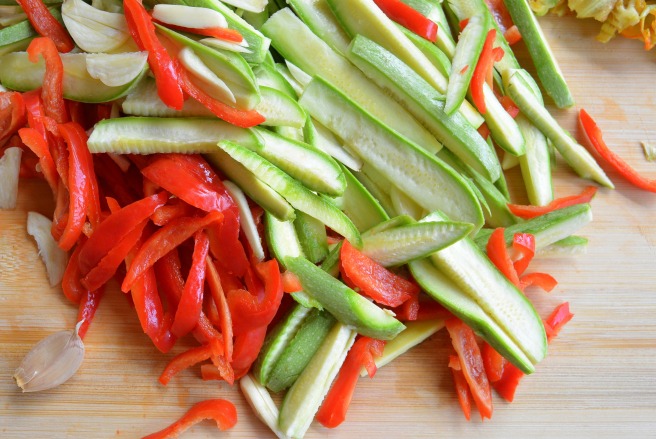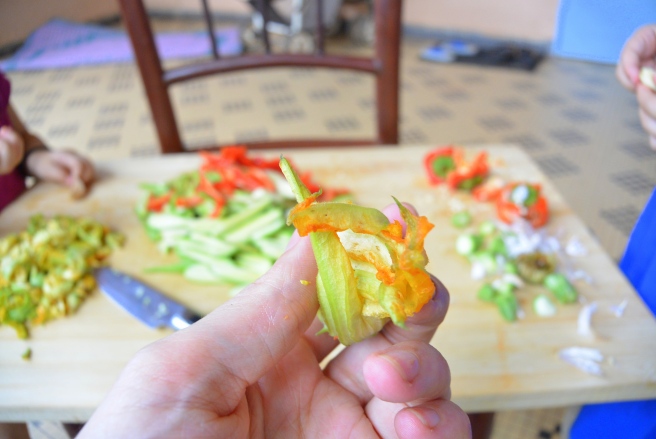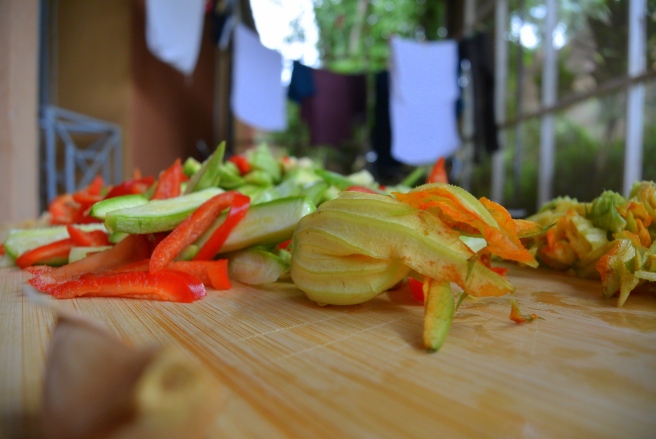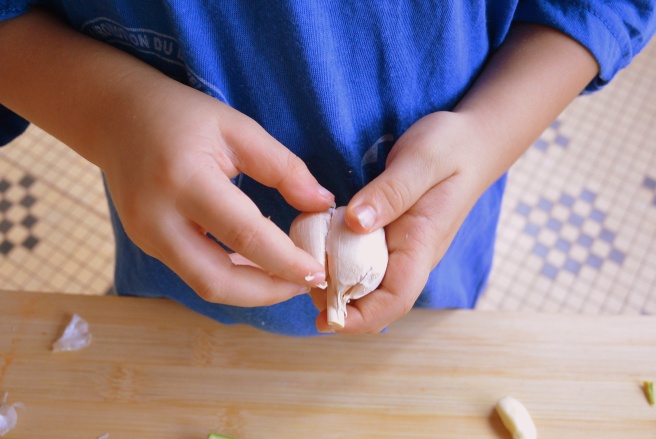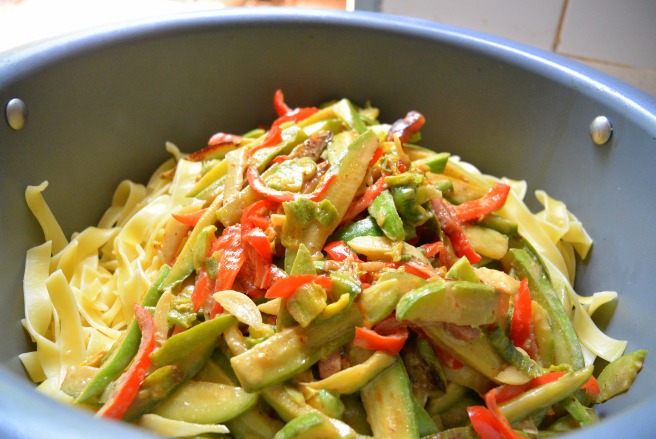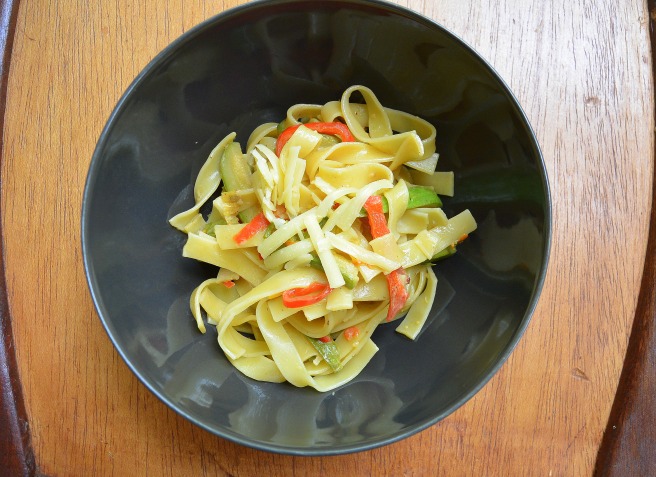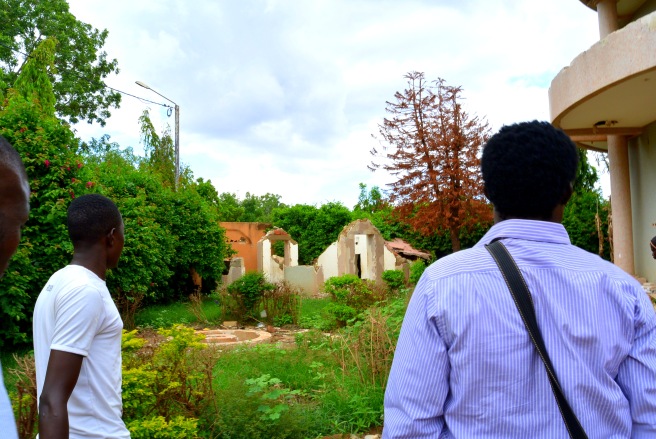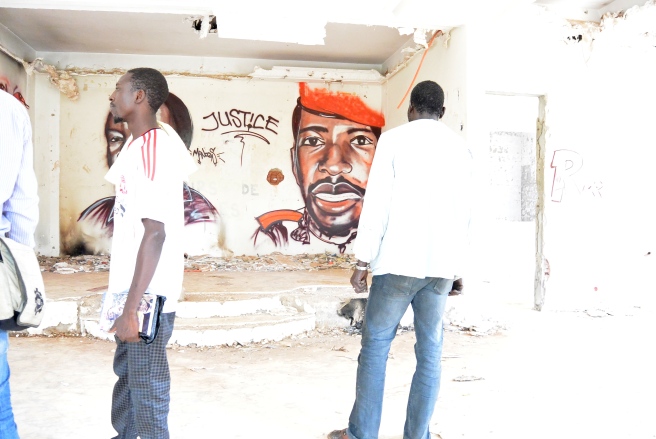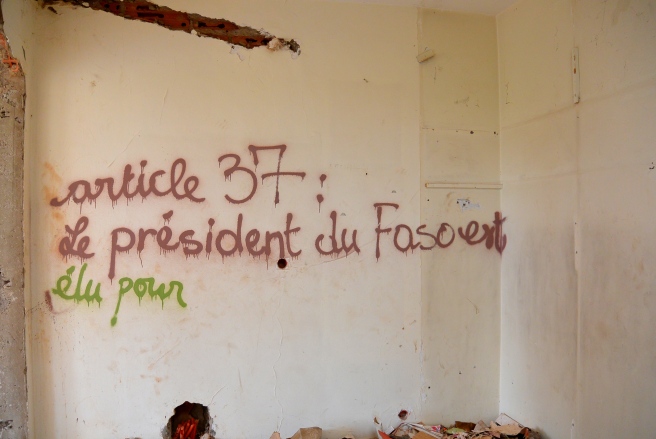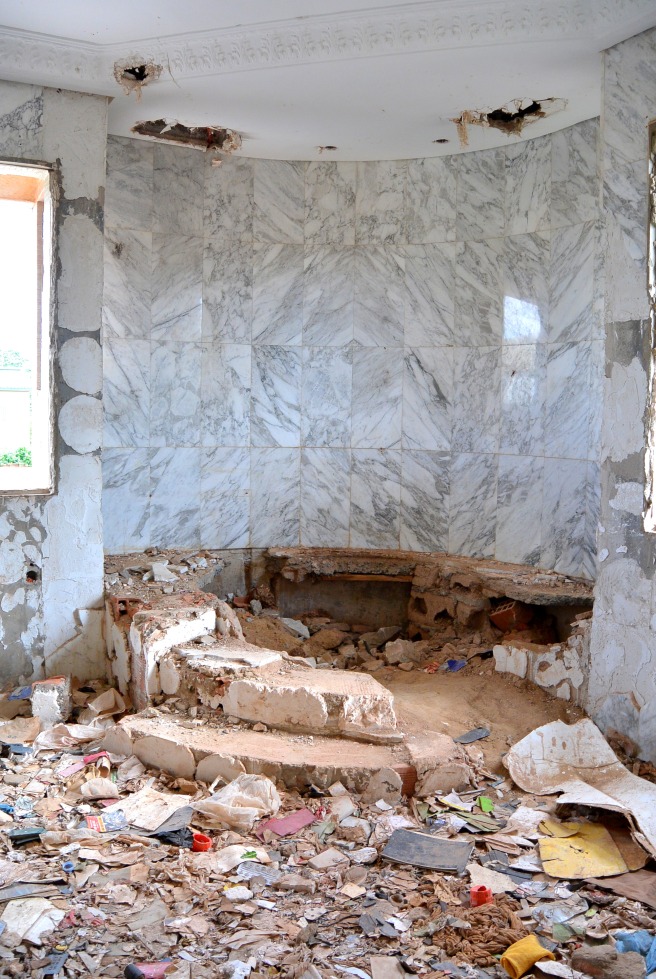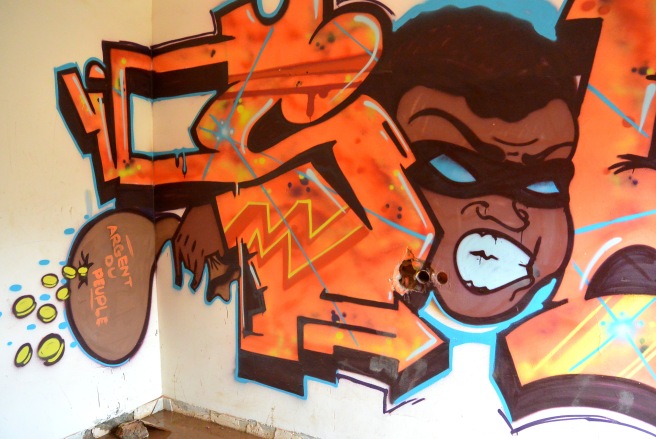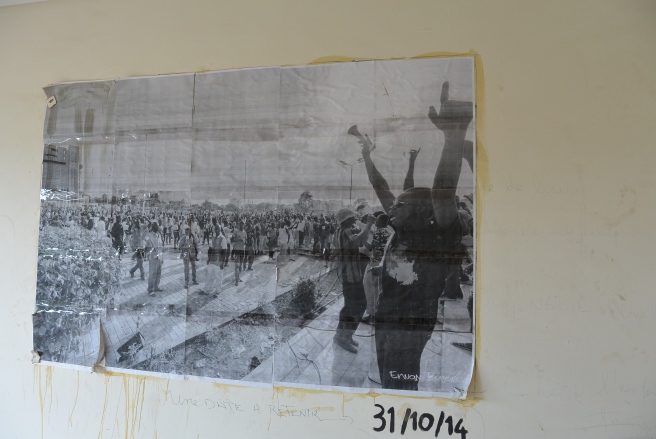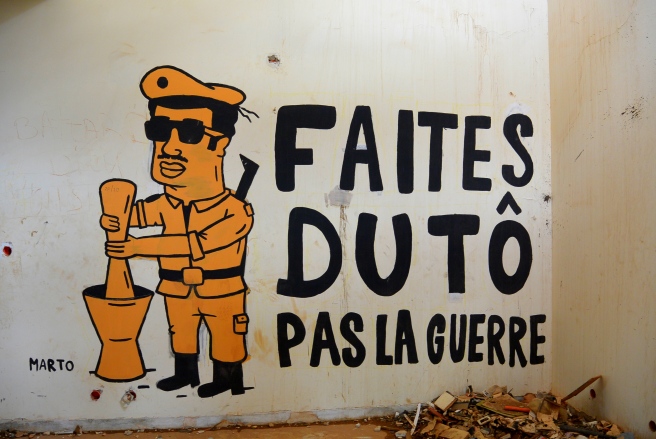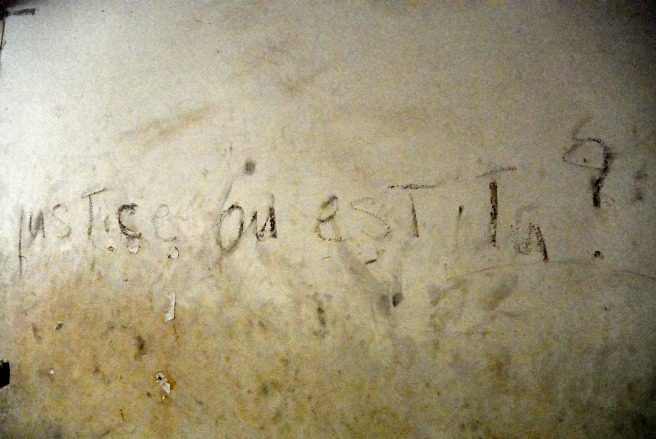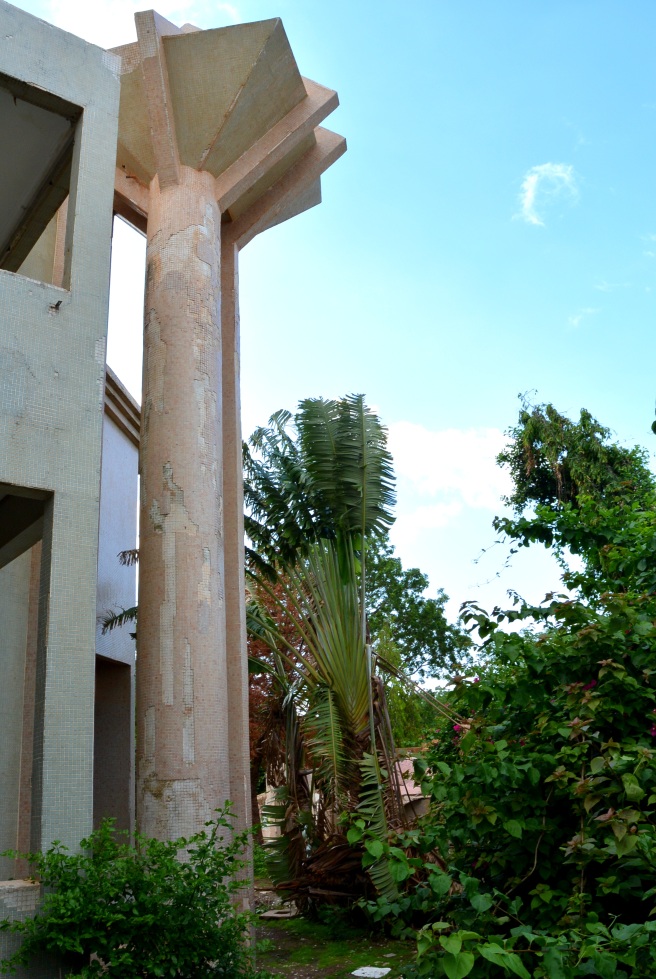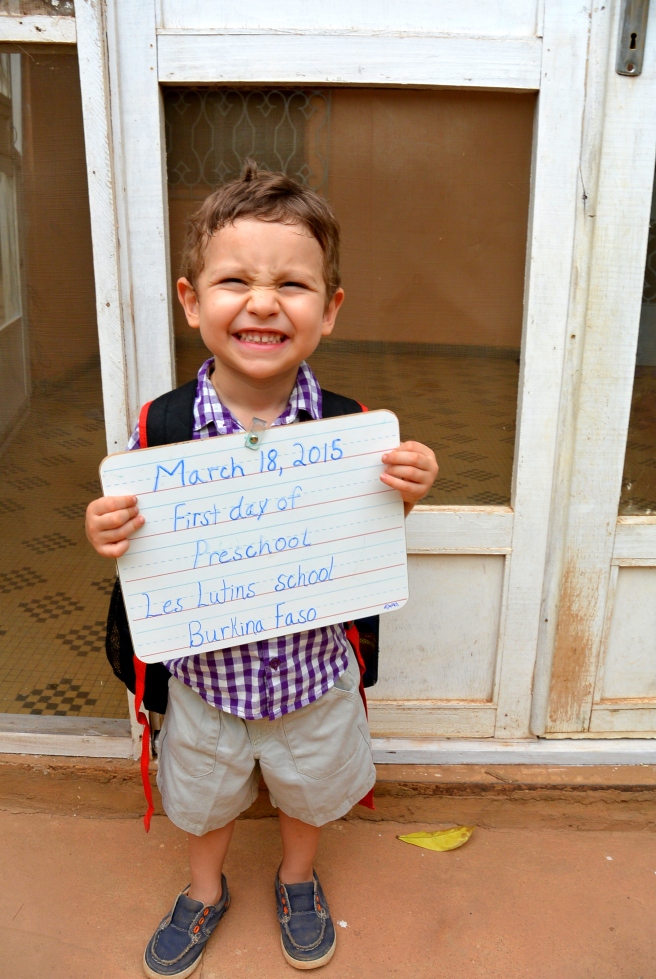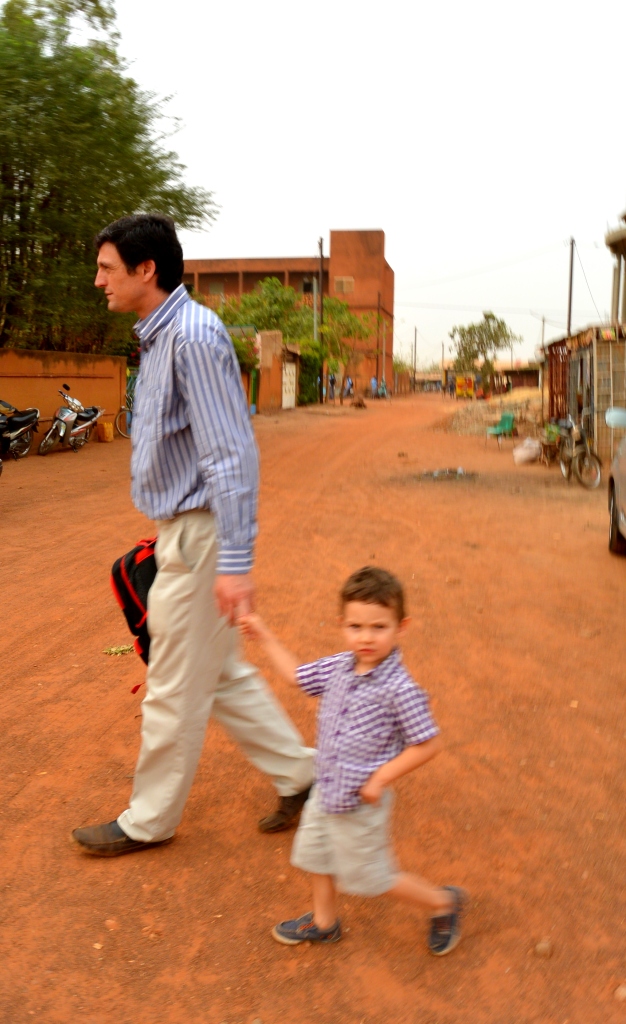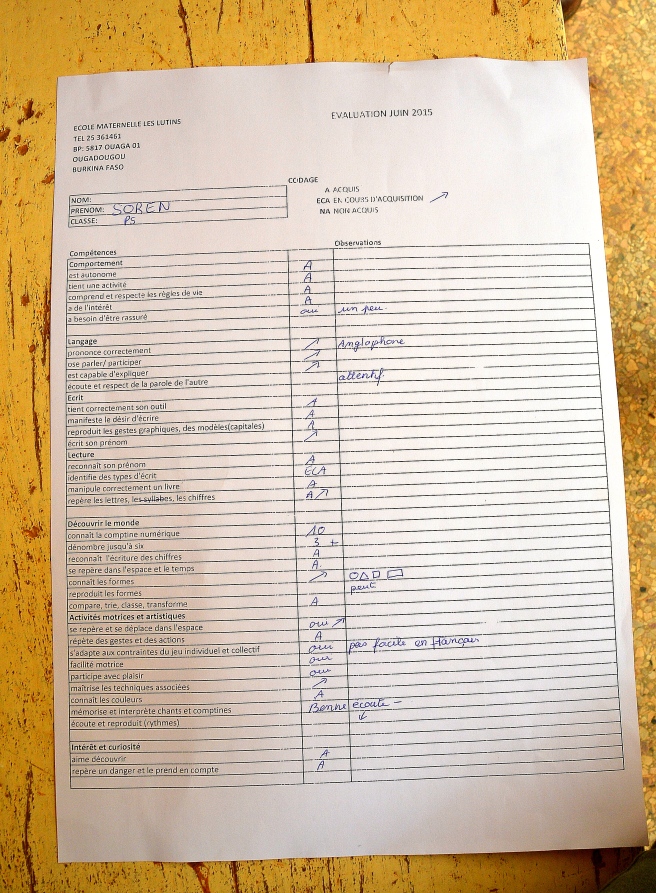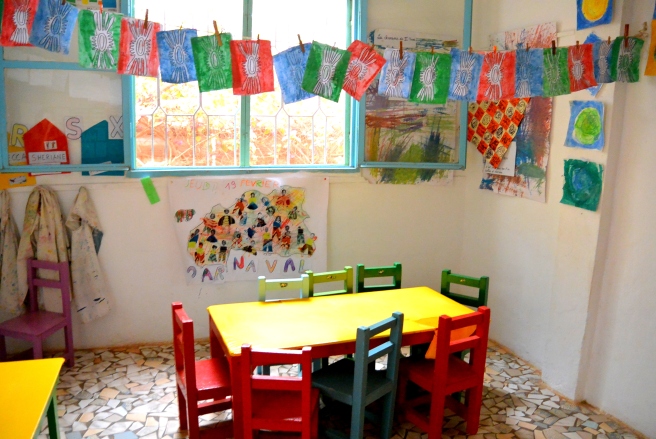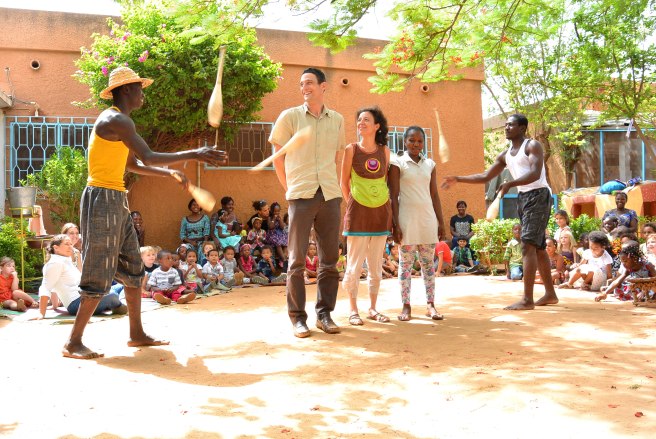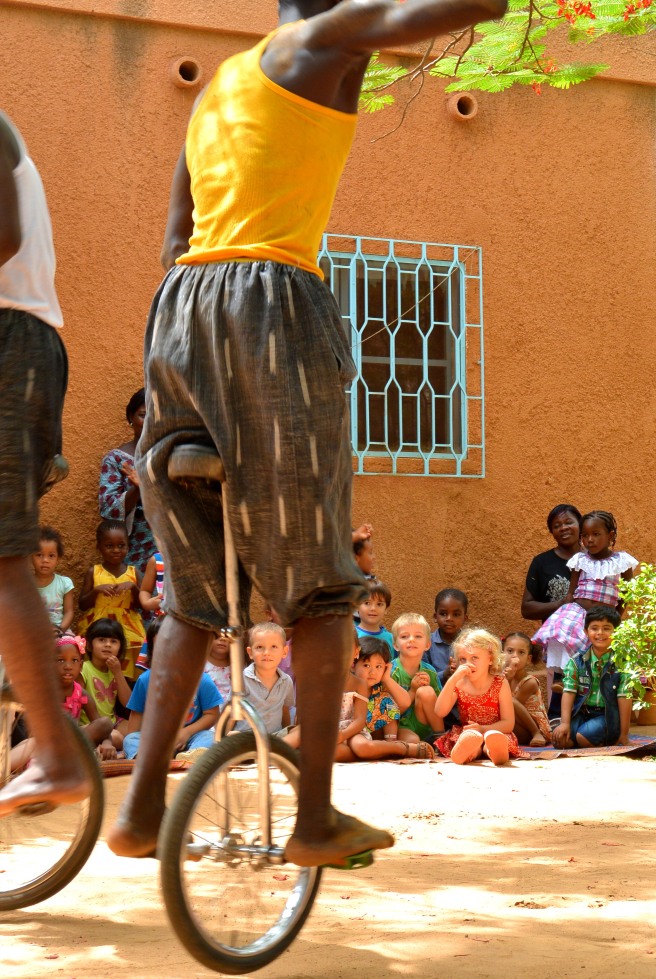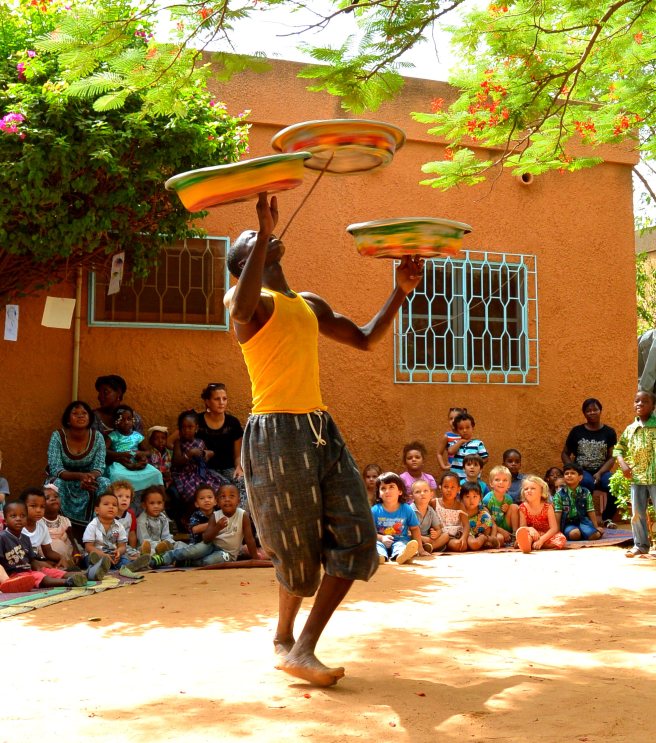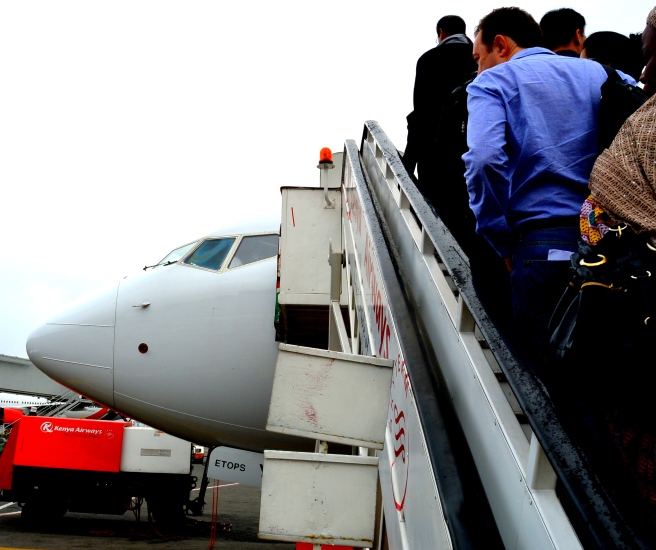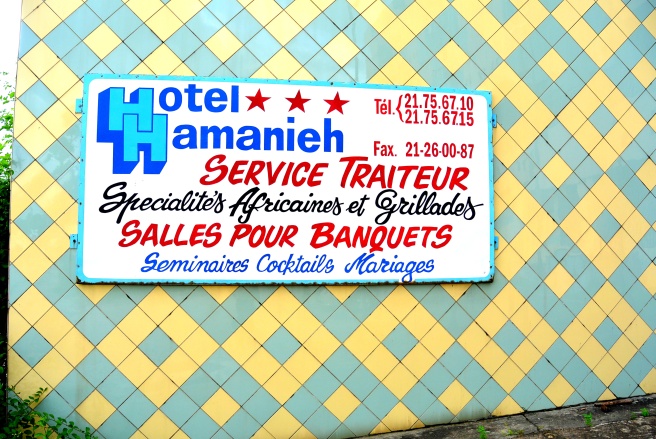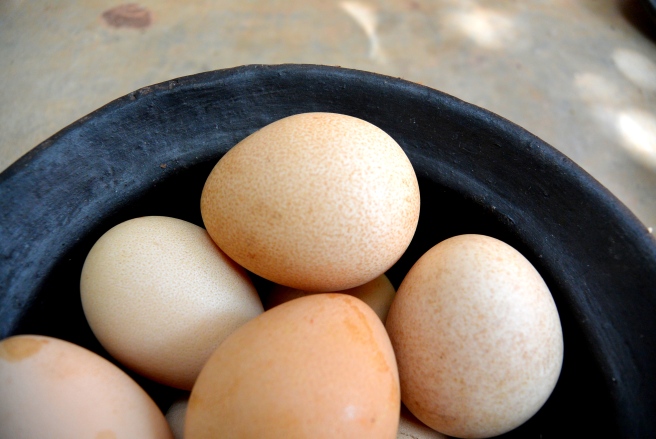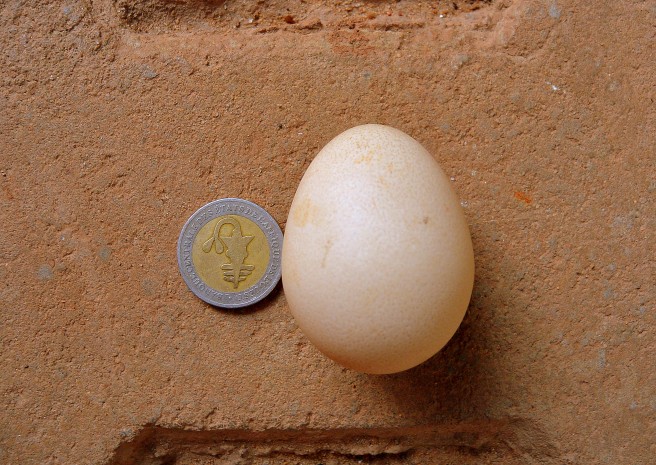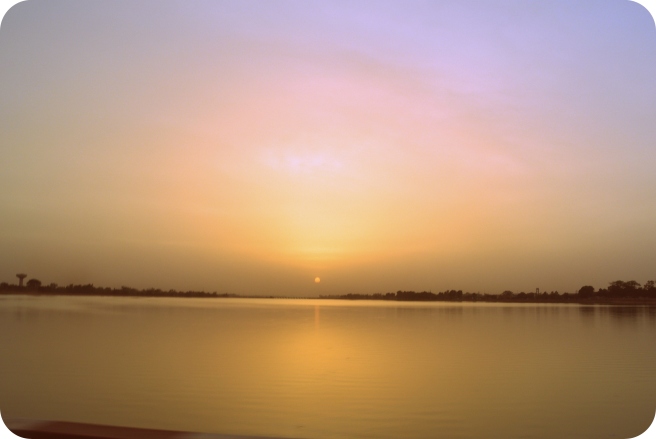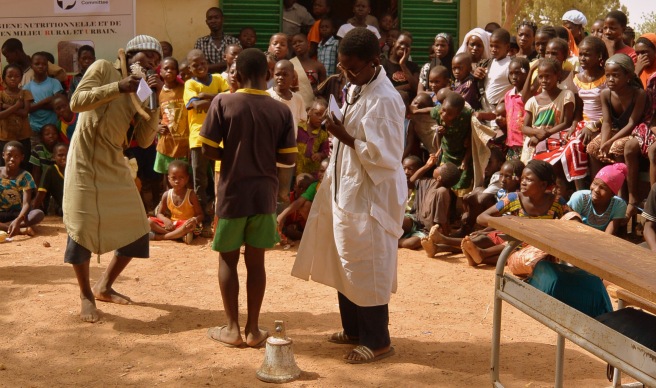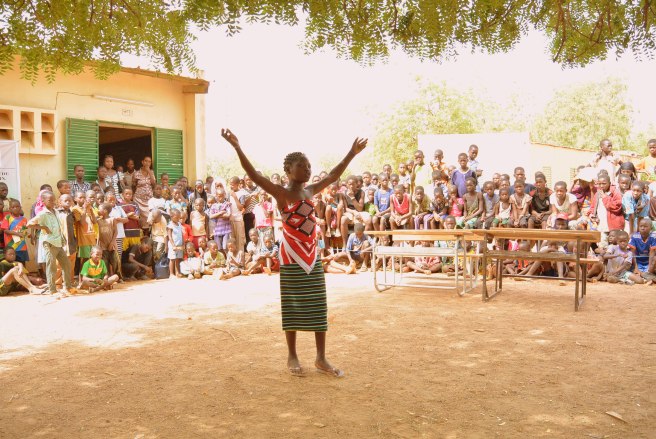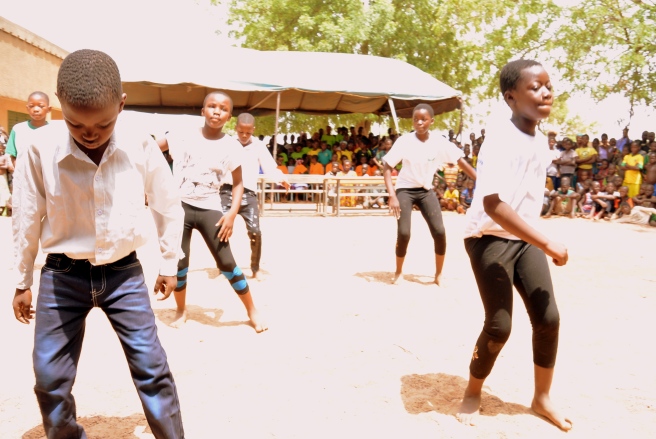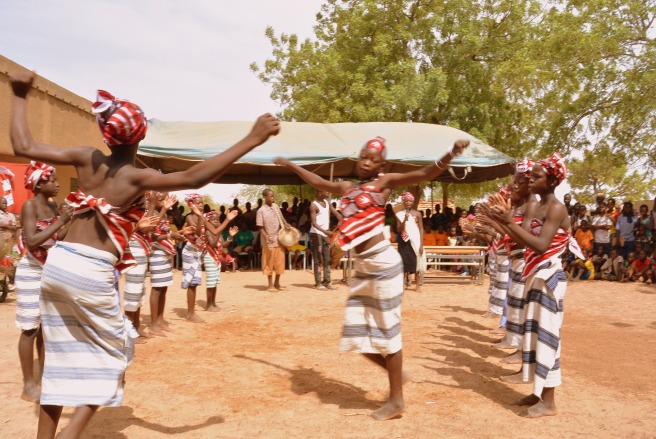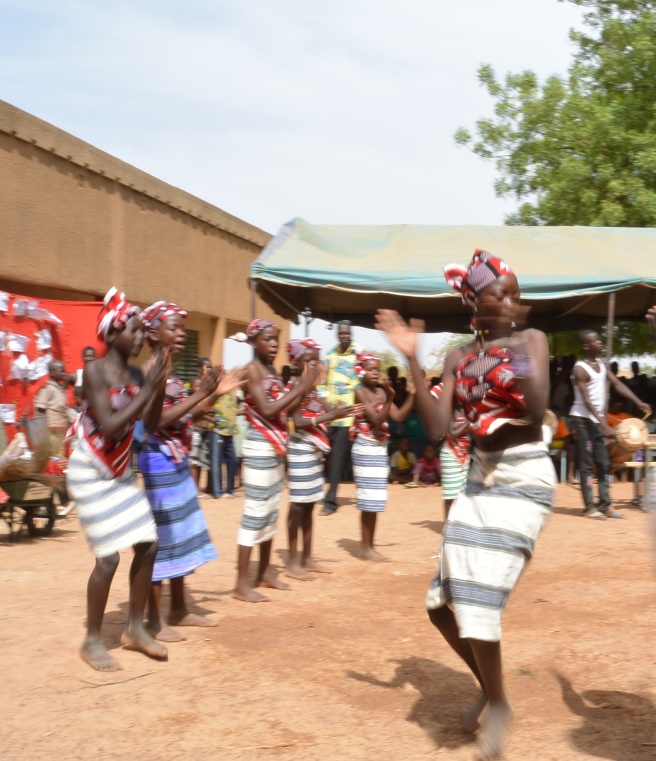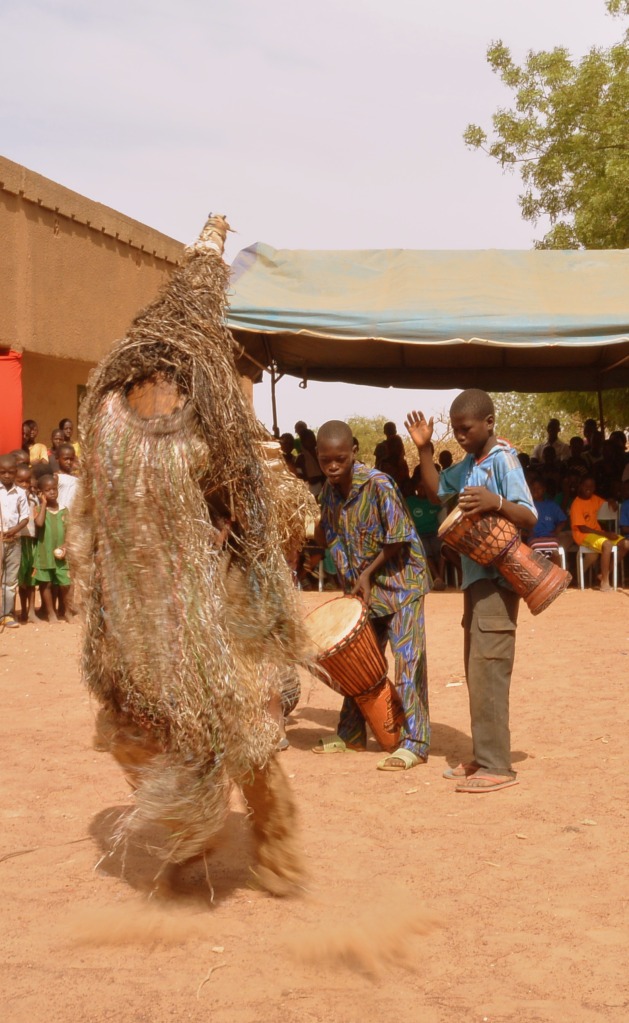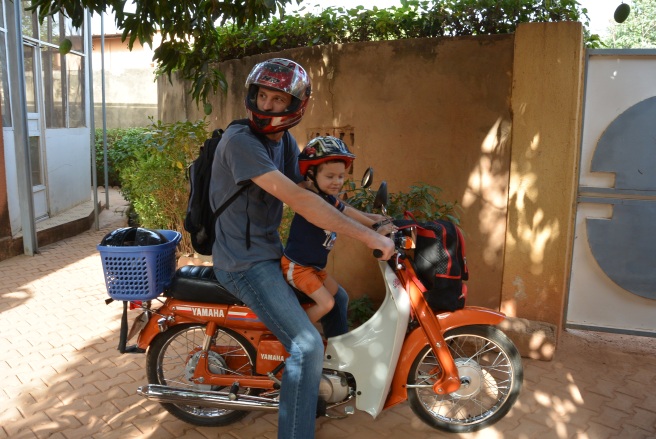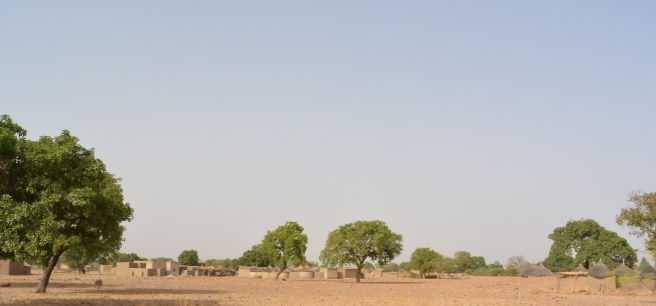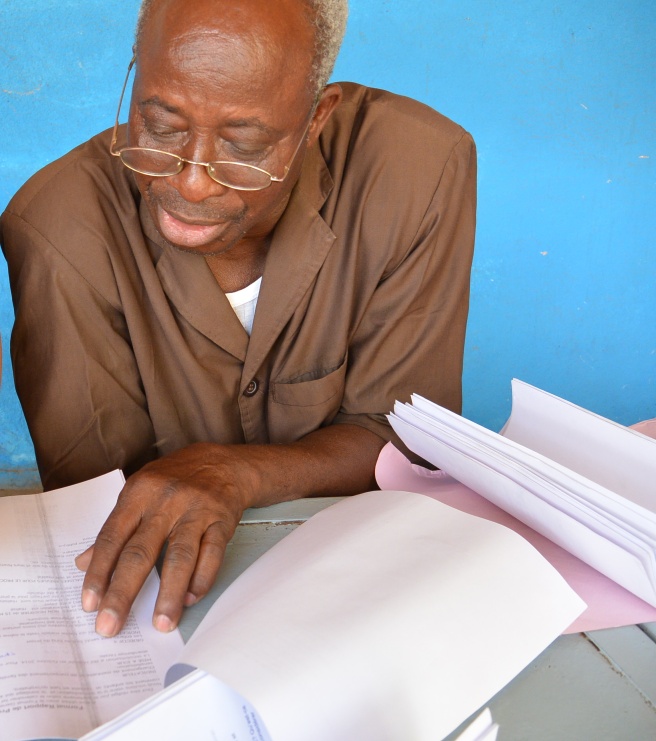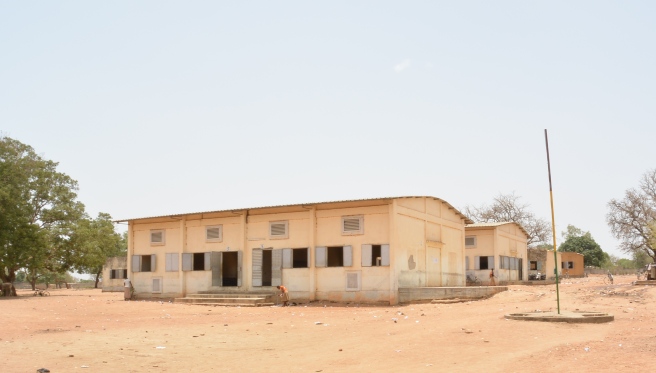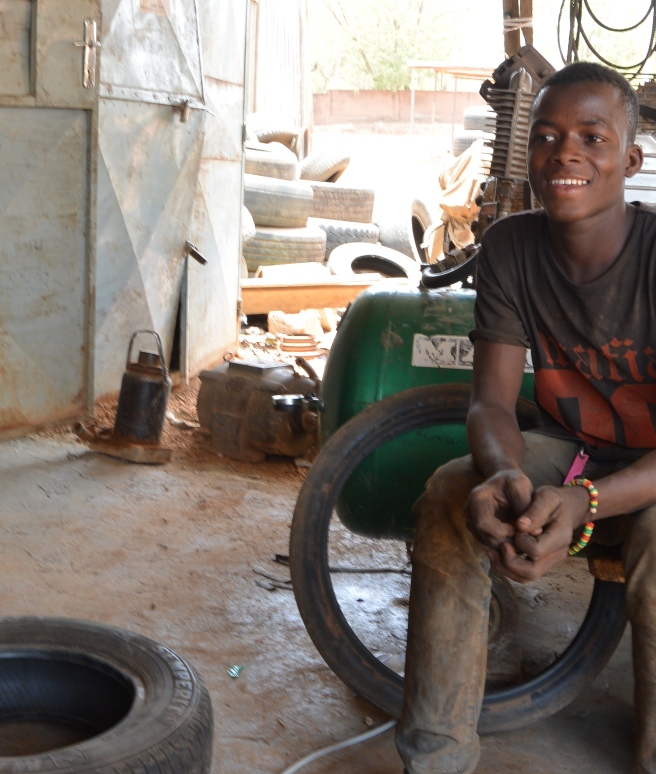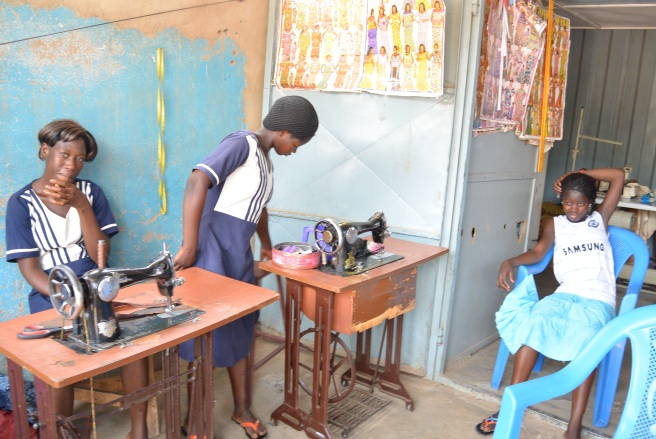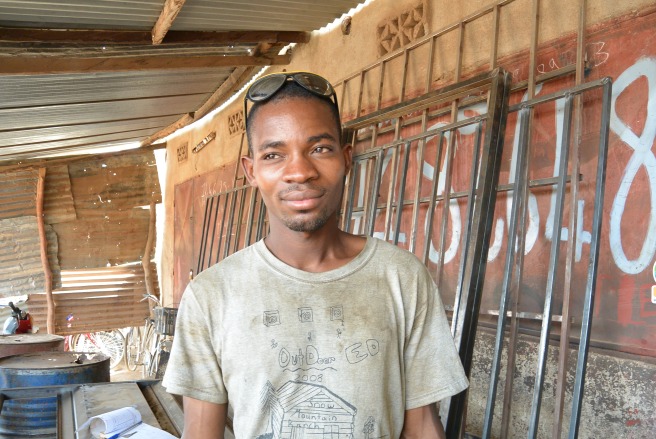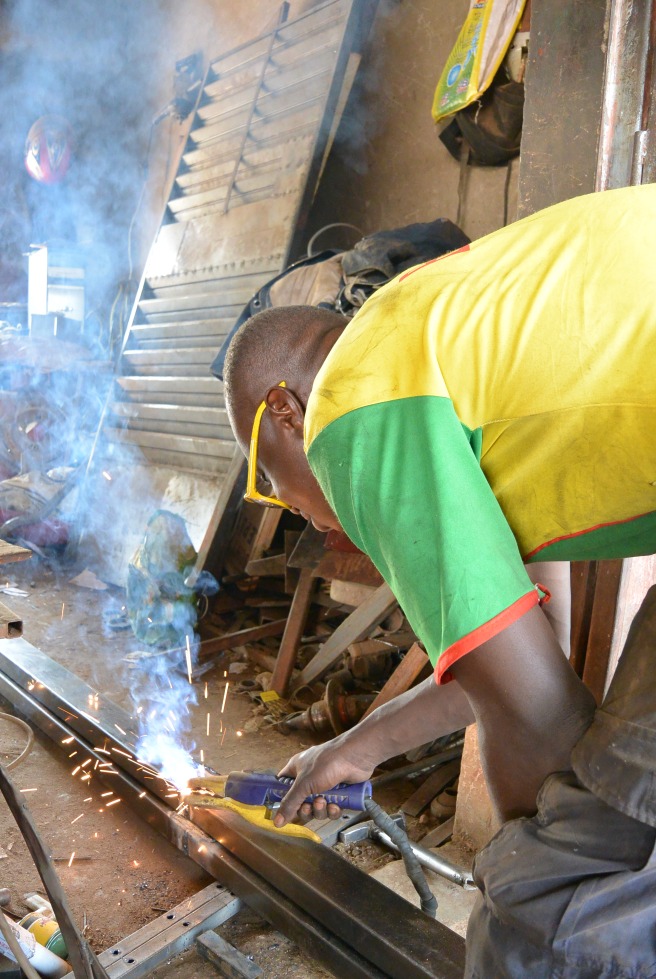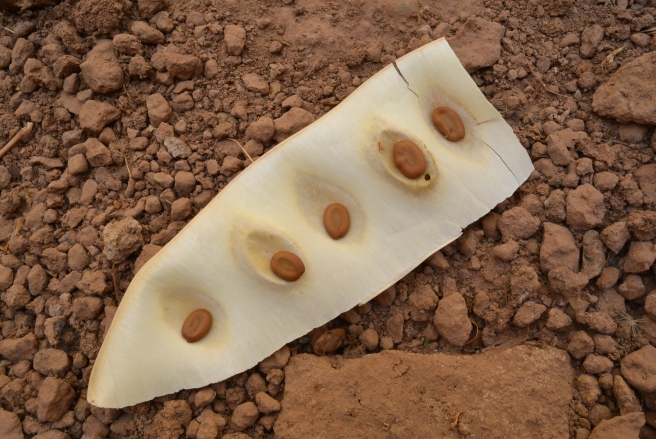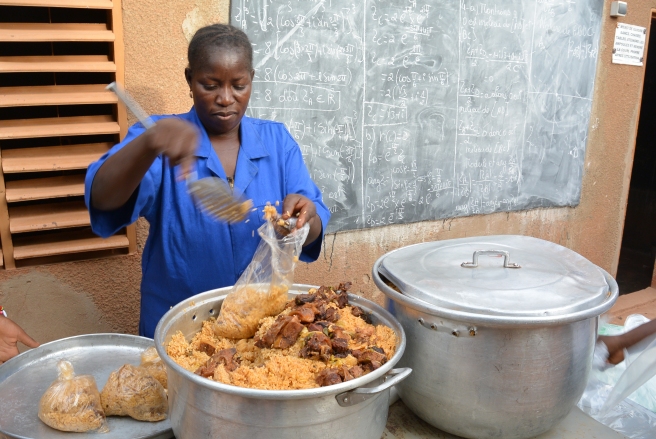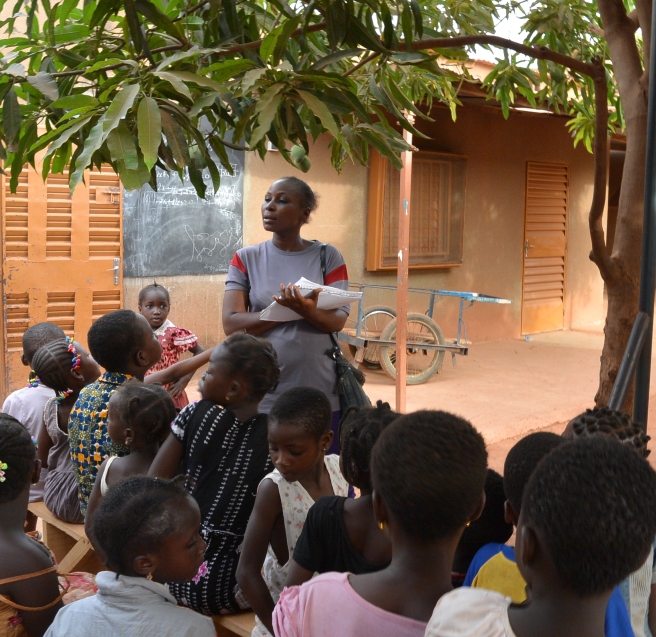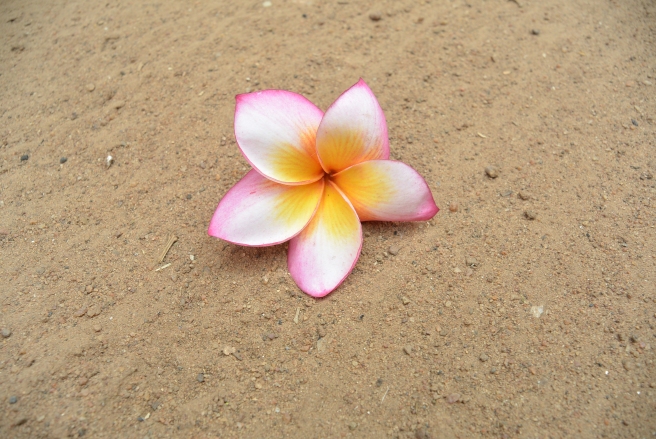
Moving to a new country with kids is no joke. Transition stress affects even the littlest human beings. Barry and I are trying to be mindful that transition stress is here to stay for at least a little while. Us two adults we have the advantage of being able to articulate when we need support and to some degree can identify for ourselves how we can get that support. But our kids, like all toddlers, have not fully developed coping mechanisms for new situations…like moving to a new country.

We often reflect on how we can help our kids carry some of the big emotions they are experiencing. Our parenting guideposts we always come back to are unconditional love, nurture, consistency, challenge, guidance, and relationship. We (try to) embody these in our interactions with our kids.
These are a few of the other things we are doing to help our kiddos cope with transition stress:
•Reflection For a while we have done a nightly reflection time with Soren to provide a safe space for him share what he is experiencing. It is a simple exercise: “What was your favorite part of the day? And what was something you did not enjoy today?” Soren loves it and so do we. I think we have heard way more about his thoughts and feelings than we ever did before we started this evening ritual. Knowing what is on his mind helps us know how to better nurture him. And the ritual itself helps him practice being able to identify his own feelings-a skill he will need throughout life.
• Acts of kindness This week we added to the nightly ritual. Each night we picked one person in our lives and came up with an idea of how we could do something kind for that person the next day. The kind act has to be something the person would like. It can be simple. Like a compliment or helping them with something. This takes a little bit of insight and consideration-also good life skills. But mostly this exercise breaks the cycle of negativity and complaining by helping us think beyond our ourselves. .My favorite idea Soren came up was: “Let’s pick Anya. I’m going to make her a cake.” Yup, I think that was spot on-Anya loved the cake.
• Stories I also believe in the power of narrative as a panacea. Anyone who knows me knows I am a “friend” of the public library. I visit the library at least once a week, I always have a giant bag full of books checked out, and I financially contribute via ongoing late fees. Having limited access here, in Burkina, to children’s books I have resorted to “no book stories,” a tradition started by my dad. A “no book story’ is exactly what it sounds like….telling a story without a book. I can remember begging for “no book stories” as a child, we loved my dad’s super imaginative tales. Soren and Anya love them to…but unfortunately for them my tales, while imaginative, also lately have some lesson to help them with deal with transition.
For this special case of transition blues I went a little further than the “no book story” and wrote a short book, with illustrations, about moving to a new country. Writing it was rather therapeutic for me. And I think reading it many times over was helpful for Soren and Anya. The gist of the book is: its ok to be sad about leaving your home, its ok to have many different feelings about all the changes you are experiencing, you may have to be brave, you may not like all the new things, but give yourself time and know that you are loved.
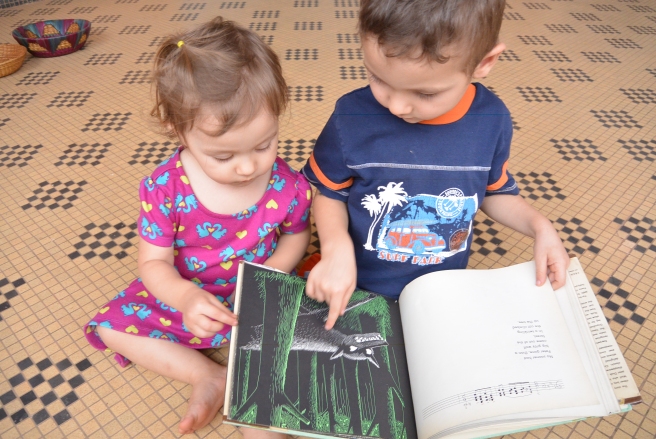
P.S. Below is the text of the book, minus the illustrations:
Moving to a new country.
You may have lots of feelings about moving to a new country. You might be excited to see what the new place is like. You might be worried about what your new house will be like or if you will make friends. Moving to a new country is a big change. Often when things change kids and adults experience many feelings. How do you feel about moving to a new country?
When you move to a new country you have to say goodbye to many things. Saying goodbye can be hard. You may miss some of the things you have to leave behind. Like your grandparents, your cousins and your friends. Or your house, your room, your toys and your books. When you think about moving to a new country what things are you sad to leave behind?
While many things change when you move to a new country there are also many things that stay the same. The sun will come up each day. If you look up at the sky at night you will still see the stars. Your family will be the same even if some of them are far away. Wherever you are you will find kind people. Can you think of some things that stay the same no matter where you are?
Learning to live in a new place takes time. Many things are different. You may like some of the different things you discover and others you may not like. You may find where you are people speak a language you do not yet understand. You may go to a new school and not know anyone. The weather might be hot all the time. You may have lizards living in your new house. Give yourself some time to get used to all the new things. Perhaps you will like having lizards in your house because they make great pets!
Dealing with change takes a lot of bravery. It can be hard and also fun. It means you may need to try new things. Like tasting a mango that you think looks green and squishy and gross. But maybe you will discover mangos are actually delicious. You might have to work hard to make new friends. But perhaps you will love your new friends. You might have to learn to say “le chocolate s’ il vous plaît” if you want a treat instead of “chocolate please!” But you might like speaking in a new language because it is fun.
Things will be different. Changes will happen. So when you are learning to live in a new country, with so many changes, always remember my love for you will forever stay the same. My arms are always open to hold you when you need a cuddle. My ears are listening for when you want to tell me what you think and how you feel. My eyes are watching you to see how I can help you. I love you my sweet brave child.

